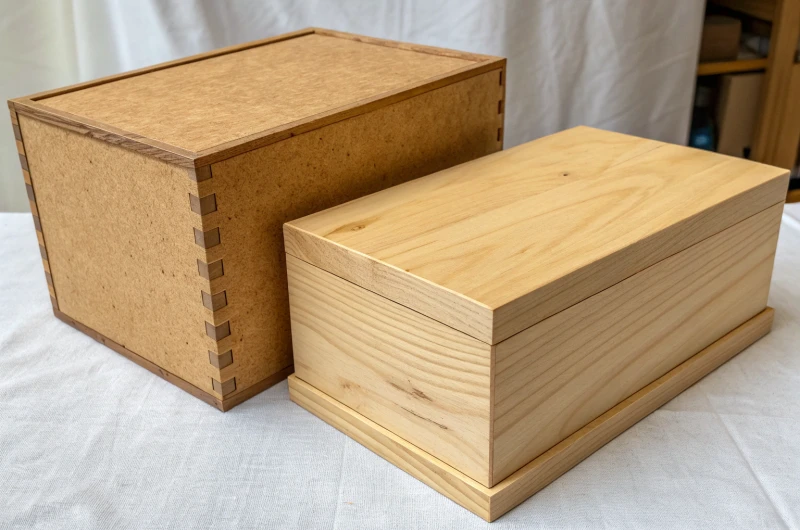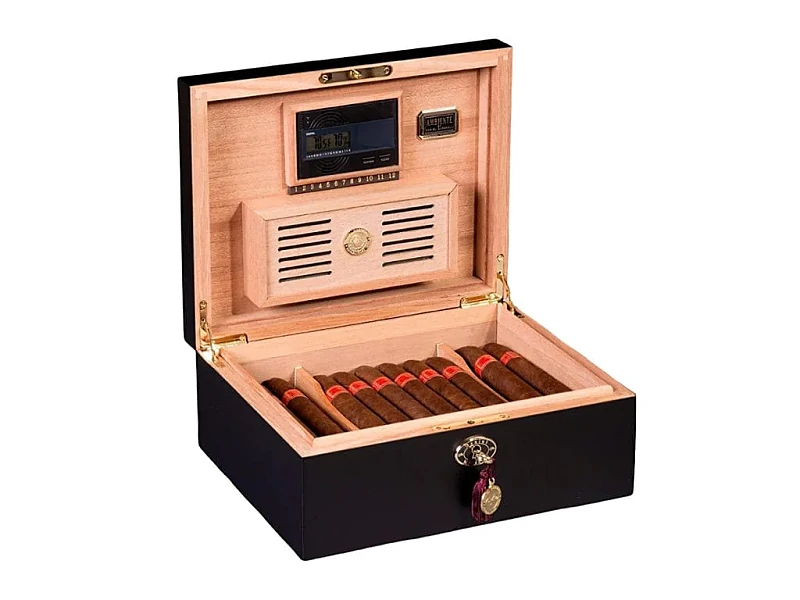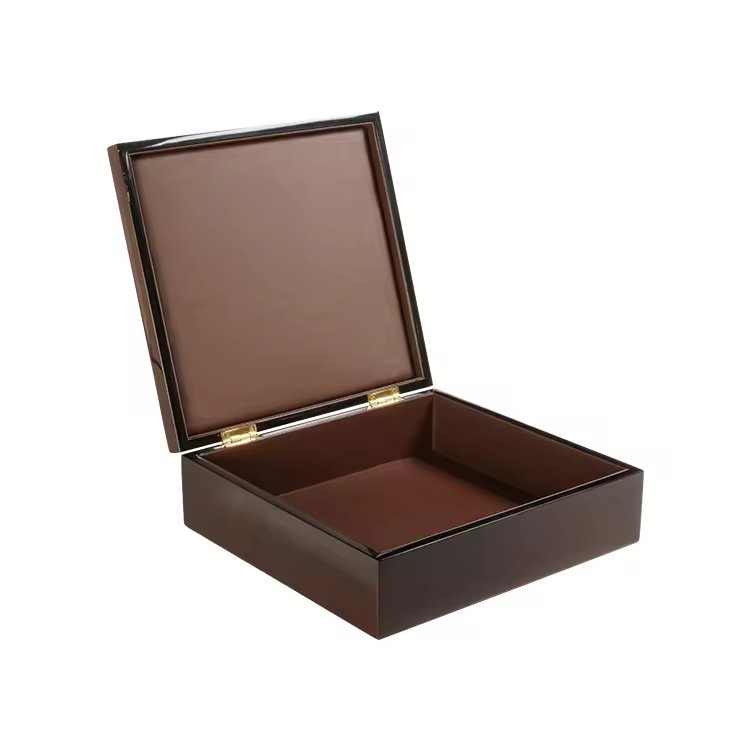
International clients cannot always travel to inspect samples, so remote approval becomes essential.
A mix of photos, videos, 3D renderings, live calls, written specs, and couriered samples ensures overseas buyers can approve with confidence.
I will share how I build efficient systems that save time yet keep trust intact.
Why is remote confirmation increasingly important for international wooden box orders?
Global trade is faster, but travel is harder and costly.
Remote confirmation allows clients to approve designs without flying, reducing delays and cutting project costs.

When I started in wooden box manufacturing, most clients insisted on visiting my factory. After the pandemic, this changed—now almost 80% of approvals are remote. Buyers in Europe or the US cannot afford weeks of delay just for one prototype. Remote systems let projects move forward quickly while keeping communication smooth.
Why it matters today
- Travel restrictions and costs are high.
- Projects need faster approval to meet launch deadlines.
- Clients expect convenience and transparency.
Remote approval has become a competitive advantage for manufacturers.
How can high-resolution photos and videos effectively present structural and visual details?
Still photos and videos are the first step in remote sample sharing.
High-resolution images and detailed videos show texture, color, joints, and functional parts clearly enough for client review.
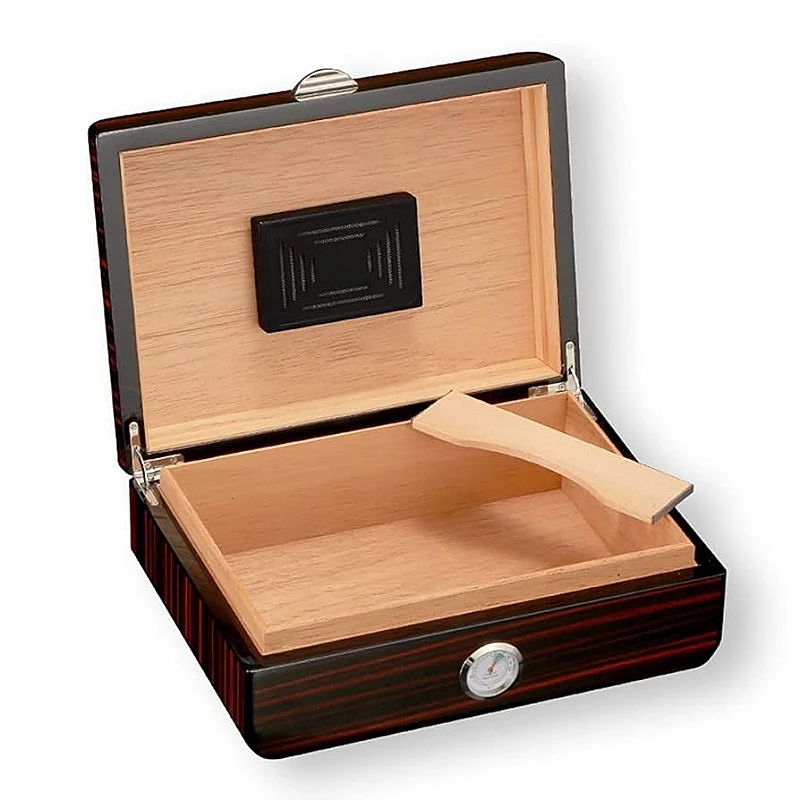
For example, I always shoot samples under natural and studio lighting. I capture multiple angles—front, back, joints, hinges, and interiors. Videos include lid opening, hinge movement, and closure test. Clients see almost everything they would in person.
Tips I use
- Use neutral backgrounds to highlight the box.
- Place a ruler or caliper in photos to show scale.
- Record slow, close-up movements to capture functionality.
These details help overseas clients feel confident in what they see.
What role do 3D renderings and virtual prototypes play in bridging the distance gap?
Before physical samples exist, 3D visuals help align expectations.
3D renderings and digital prototypes show realistic proportions, finishes, and branding placements, reducing back-and-forth later.
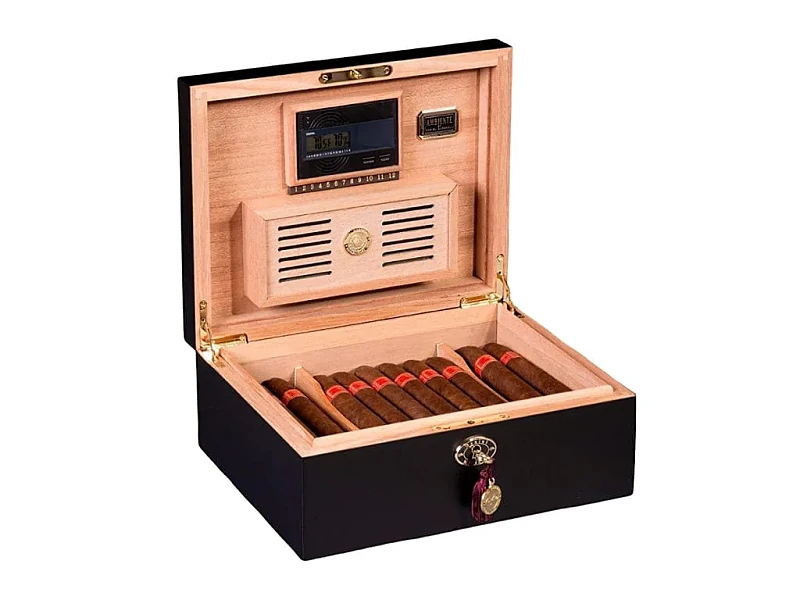
I often use CAD-based renderings when clients want to visualize custom engravings or color finishes before I produce. A 3D mockup lets them rotate the box, see proportions, and even test logo placement. This saves both time and cost, since revisions happen digitally instead of on physical samples.
Advantages of 3D previews
- Visualize materials and finishes before commitment.
- Spot design errors early.
- Speed up client approval cycles.
Digital prototypes are not replacements but effective bridges before actual samples.
How can live video calls (unboxing, function tests) give clients a near-real experience?
Static proof is good, but live calls create trust and transparency.
Video calls allow clients to watch unboxing, hinge function, and closure feel almost as if they were holding the sample.
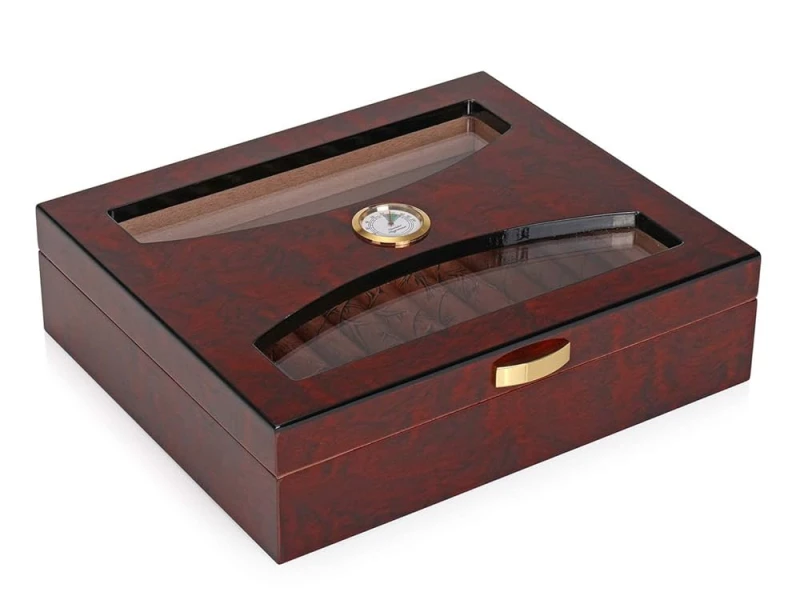
In one wine box project, I scheduled a live call where I opened and closed the box in front of the client. I tested magnet strength, lid alignment, and drawer sliding while they asked questions in real time. The call ended with immediate approval.
Why live calls work
- Clients can request angles or repeat actions.
- Real-time interaction builds confidence.
- Faster approval compared to sending videos back and forth.
This method combines speed with trust in a powerful way.
Why should written specifications and tolerance standards always accompany visual proofing?
Visuals show appearance, but they cannot lock technical precision.
Written specs and tolerance sheets define exact dimensions, coatings, and hardware, ensuring production stays aligned with approval.
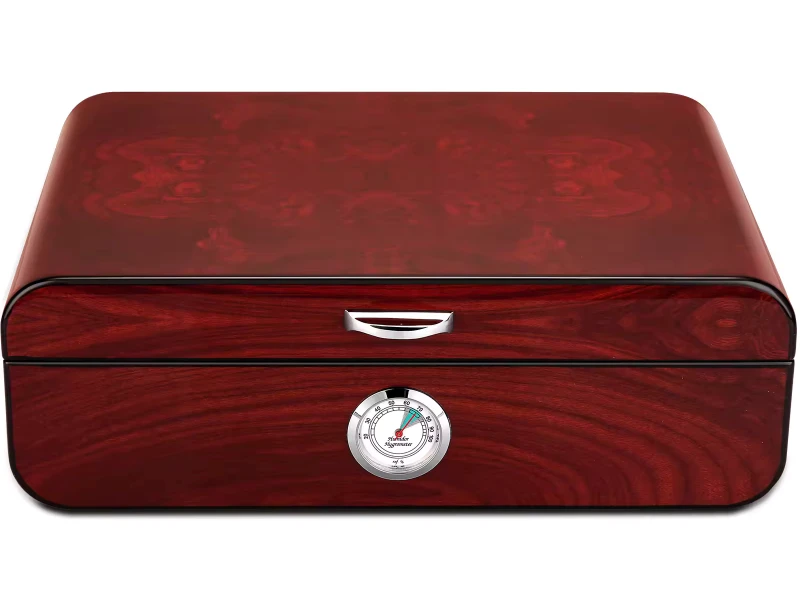
For every remote sample approval, I attach a technical sheet listing dimensions, wall thickness, hinge types, finishing method, and tolerance ranges. This avoids future disputes when clients see slight variations in mass production.
What I include
- Box dimensions with ± tolerance ranges.
- Coating type (lacquer, oil, stain).
- Interior material (velvet, PU, paper).
- Hardware specification (hinge size, magnet type).
This written layer transforms visual approval into a solid agreement.
How can a two-step system (digital approval + courier of final sample) balance speed and accuracy?
Clients need both speed and reassurance.
A two-step system—first digital approval, then courier of final confirmation sample—balances efficiency with physical verification.

For example, I first send high-res photos, videos, and drawings for quick approval. Once confirmed, I ship a physical sample by express courier. The client can inspect texture, weight, and finishing in person while production preparations are underway. This avoids long waiting while keeping decisions reliable.
Two-step system flow
- Step 1 – Digital approval (photos, videos, live call, drawings).
- Step 2 – Courier final sample for physical check before mass run.
This system gives both speed and safety, especially for high-value projects.
Schlussfolgerung
Remote approval works when combined with visuals, specs, live calls, PPS shipping, and structured communication, ensuring trust and efficiency in global wooden box projects.
Markenname: WoodoBox
Slogan: Maßgefertigte Holzkisten, handwerklich perfekt gefertigt
Website: www.woodobox.com
WhatsApp: +86 18359265311

